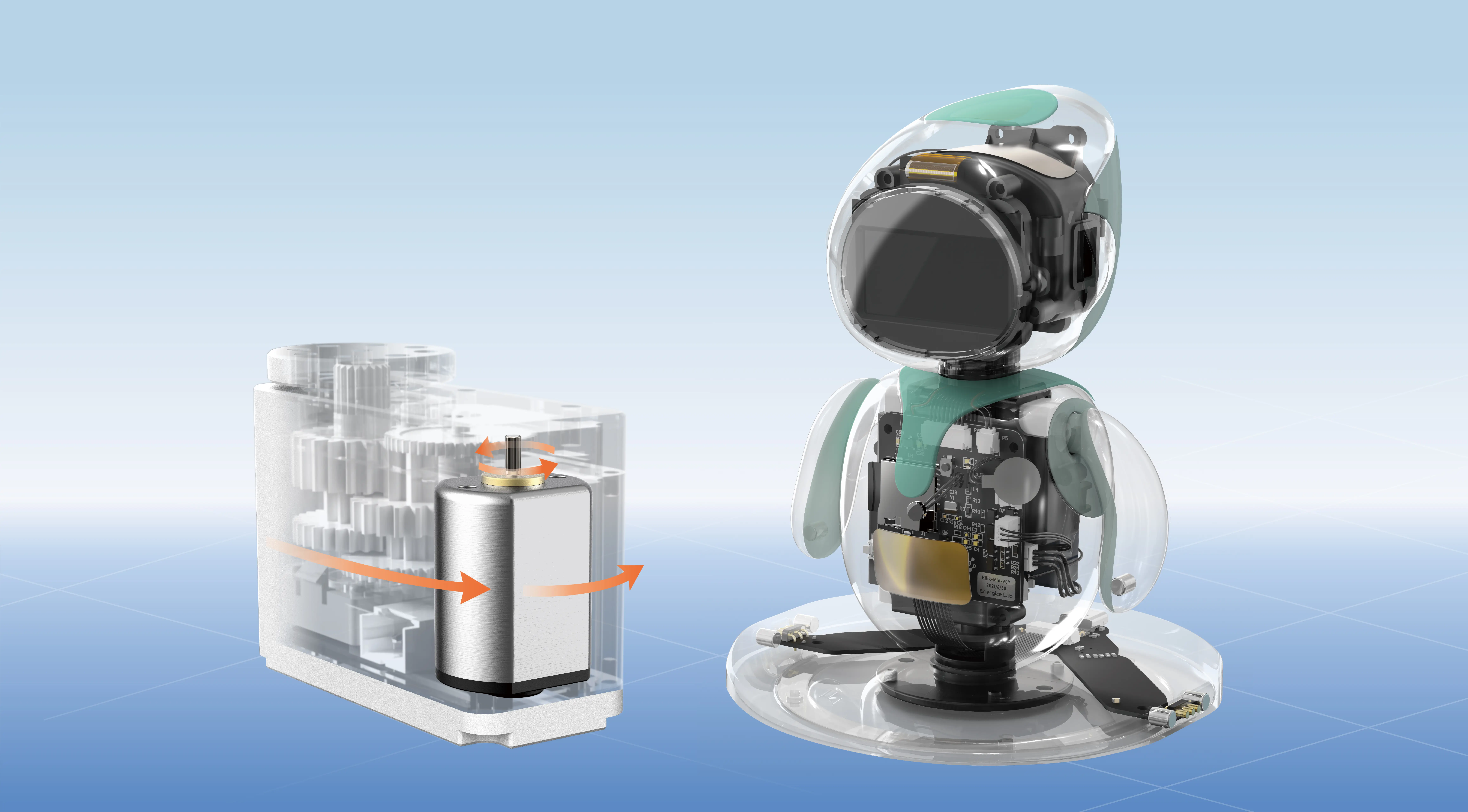Imagine this: you're tinkering in your workshop, be it for a robotics project, a DIY smart device, or some experimental gadget. You’ve got your ESP32 ready, that shiny little microcontroller packed with Wi-Fi and Bluetooth, and now all you need is to bring some movement—enter the servo motor. Connecting these two feels straightforward but can be tricky if you're not familiar with the nuances. Let's dive into the world of "servo motor ESP32 connection" and make it as simple as a Sunday morning project.

First off, why is the ESP32 such a popular choice? Its integrated Wi-Fi and Bluetooth make it perfect for remote control applications, or just embedding into smart home gadgets that need a moving part—think automatic curtains, robotic arms, or even camera gimbals. Now, pairing it with a servo motor turns that conceptual idea into real motion. But how to connect? That’s the million-dollar question.
Think of the servo motor as a sensitive little creature—it needs the right kind of signal to move. It has usually three wires: power, ground, and signal. The power wire typically connects to a 5V source, but some servos are okay with 3.3V; always check that. The ground ties in with the ESP32’s GND. The magic happens with the signal wire, which carries the PWM (pulse width modulation) signal that tells the servo how far to turn.
Here's where things get interesting. The ESP32's GPIO pins are versatile—they can generate PWM signals efficiently, making them ideal for controlling servos. But you gotta pick the right pins and make sure your power supply can handle the load. No one wants the servo stuttering because the power dips. Sometimes a separate power source for the servo is worth the investment—trust me, servo motors can draw quite a bit of current once they start moving.
And then, programming. You’ll want to set up PWM on the ESP32 with a specific frequency—typically around 50Hz—since most servos expect a pulse every 20 milliseconds. The pulse width varies between 1ms to 2ms, corresponding to the servo's full range of motion. Just as a quick tip: use an efficient library to generate the signal. It makes life easier, especially when fine-tuning the movement.
Now, ever wonder how reliable this setup is? Well, quality components matter. A high-quality servo, a stable power supply, and a good connection ensure longevity and precision. Plus, securing the wires properly prevents accidental disconnections—nothing worse than a project that keeps faltering when you’re just about to show off your creation.
You might ask, “Can I control multiple servos with an ESP32?” Absolutely. Just make sure your power source can handle the combined current. It’s pure engineering fun juggling the signals and power lines. Sometimes, connecting everything on a breadboard helps the prototyping stage go smoothly before soldering things into a more permanent setup.
In essence, connecting a servo motor to an ESP32 isn’t an arcane art. With a bit of understanding about power, signal, and code, you’re set. It feels satisfying watching that servo respond instantly to commands, like it’s alive. When it all clicks, you'll understand why hobbyists and professionals alike love this combo—smart, flexible, and endlessly customizable.
Ever had a moment where everything just works the way you imagined? That’s the magic, right there. Exploring how servo motors sync with ESP32 isn’t just about making things move, it’s about creating something uniquely yours, piece by piece. And next time you see a robot arm flexing or a camera panning smoothly, remember—you’re just a connection away from making that happen yourself.
Established in 2005, Kpower has been dedicated to a professional compact motion unit manufacturer, headquartered in Dongguan, Guangdong Province, China. Leveraging innovations in modular drive technology, Kpower integrates high-performance motors, precision reducers, and multi-protocol control systems to provide efficient and customized smart drive system solutions. Kpower has delivered professional drive system solutions to over 500 enterprise clients globally with products covering various fields such as Smart Home Systems, Automatic Electronics, Robotics, Precision Agriculture, Drones, and Industrial Automation.




































